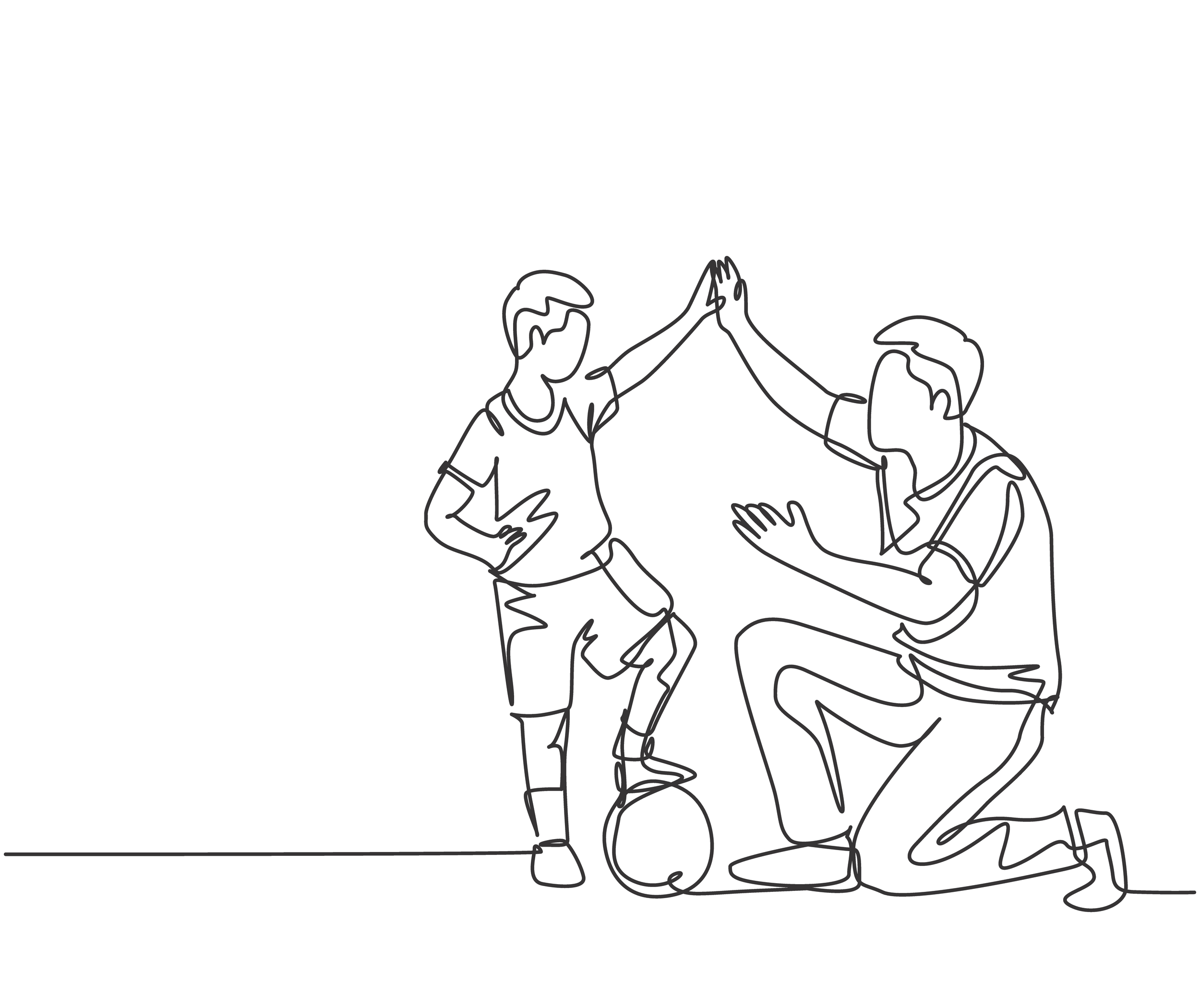Sensory Processing Disorder - Not Otherwise Specified (SPD-NOS)
What is Sensory Processing Disorder - Not Otherwise Specified (SPD-NOS)?
SPD-NOS is a diagnosis applied to individuals who display sensory processing challenges that do not fully align with a specific subtype of sensory processing disorder. This category acknowledges that many sensory processing difficulties can manifest in various ways, making it necessary to provide support even if the symptoms are less defined.
What are common symptoms of SPD-NOS?
Symptoms of SPD-NOS can include heightened or diminished responses to sensory stimuli, difficulty with motor skills, challenges in social interactions due to sensory sensitivities, and inconsistent behavior in different environments. Individuals may be overwhelmed by certain sounds, lights, or textures, leading to anxiety or avoidance strategies.
How is SPD-NOS diagnosed?
Diagnosis typically involves a thorough evaluation by healthcare professionals, including occupational therapists, psychologists, or developmental specialists. They will assess the individual’s sensory processing abilities, motor skills, behavior patterns, and their impact on daily functioning.
Can children with SPD-NOS experience difficulties in school?
Yes, children with SPD-NOS may struggle in academic settings. They might have challenges with concentration, participating in group activities, or managing transition periods throughout the school day, which can affect learning and social interactions.
Is there a specific treatment for SPD-NOS?
While there is no one-size-fits-all treatment, a combination of occupational therapy, sensory integration techniques, and tailored support strategies can be effective. Personalized interventions focusing on sensory experiences can help individuals improve their coping mechanisms and daily functioning.
How can parents help their child with SPD-NOS at home?
Parents can create a predictable and structured environment, engage in sensory-rich activities, and establish routines to help their child manage sensory input. Encouraging open communication about sensory experiences and offering choices can also empower children.
Are there any strategies that schools can implement for students with SPD-NOS?
Schools can support students by allowing accommodations such as flexible seating arrangements, sensory breaks, and modifications in lesson delivery. Training teachers to recognize sensory needs can foster a more inclusive atmosphere conducive to learning.
Can SPD-NOS co-occur with other conditions?
Yes, SPD-NOS can commonly co-exist with other developmental or psychological conditions, such as attention deficit hyperactivity disorder (ADHD), autism spectrum disorder (ASD), or anxiety disorders. This co-occurrence can complicate the presentation and requires comprehensive intervention strategies.
Is SPD-NOS recognized as a legitimate diagnosis in the medical community?
While SPD-NOS is not included in the DSM-5 as a formal diagnosis, it is acknowledged by many practitioners as a valid experience that requires consideration and support. Sensory processing challenges are widely recognised, leading to the use of SPD-NOS as a useful descriptor for certain individuals.
How can adults manage SPD-NOS in their daily lives?
Adults can benefit from self-awareness of their sensory preferences and sensitivities. Implementing coping strategies, such as mindfulness practices, creating sensory-friendly spaces in the home, and seeking professional support, can enhance their daily functioning and overall quality of life.
Are there any resources available for families dealing with SPD-NOS?
Numerous resources are available, including books, websites, and support groups focused on sensory processing issues. Connecting with occupational therapists and local support networks can provide families with valuable information and management strategies.
How can sensory diets help individuals with SPD-NOS?
A sensory diet is a tailored set of activities designed to meet an individual’s sensory needs throughout the day. Implementing a sensory diet can help regulate sensory input, improve focus, and enhance emotional well-being by providing necessary sensory experiences that promote optimal functioning.
What role does sensory integration therapy play in treating SPD-NOS?
Sensory integration therapy aims to help individuals process and respond to sensory information more effectively. Through guided play and structured activities, therapists facilitate improved sensory modulation and promote better responses to the environment.
Are there specific signs that indicate a need for professional evaluation in cases of SPD-NOS?
Signs that may warrant professional evaluation include persistent sensory-seeking or avoiding behaviors, significant difficulties in daily functioning, distress in typical sensory situations, or challenges in social settings that are not improving with home strategies.
What are the long-term outcomes for individuals with SPD-NOS?
The long-term outcomes for individuals with SPD-NOS can vary widely. Many individuals are able to develop coping strategies and improve their sensory processing abilities, leading to enhanced quality of life. Early intervention and consistent support are crucial in fostering positive outcomes.
How does SPD-NOS affect relationships?
Individuals with SPD-NOS may face challenges in forming and maintaining relationships due to their sensory sensitivities and behavioral responses. These challenges can lead to misunderstandings with peers or family members, making social interactions more complex. Awareness and open communication about sensory needs can help mitigate these effects.
What can caregivers do to better understand SPD-NOS?
Caregivers can educate themselves about sensory processing issues through workshops, literature, and online resources. Understanding how SPD-NOS manifests can enable caregivers to provide more empathetic support and tailor their approaches to meet the individual’s unique needs.
Is there a specific age at which SPD-NOS is most commonly identified?
SPD-NOS can be identified at various ages, but it is often recognized in early childhood when children start to engage in more complex interactions and activities. Early identification is crucial for implementing effective interventions.
What are other parents reading?
Separation anxiety can feel overwhelming—for both children and parents. For families of children with special needs, the challenges can become
Separation anxiety can be tough on any child, but for children with special needs, it often goes hand in hand
Picture this scene: You’ve finally gotten your baby into a comfortable sleep routine. Nights are restful, naps are scheduled, and
Find a Therapist
Find the physical therapist, occupational therapist, or speech language pathologist you are looking for!
Ask Us Anything
Whether you are looking for advice, have a general question about sensory processing, or are looking for resources - we are here to help!
Ask Us Anything
Submit Your Story
Share your story about your child. Let’s celebrate milestones and learn more about challenges.

















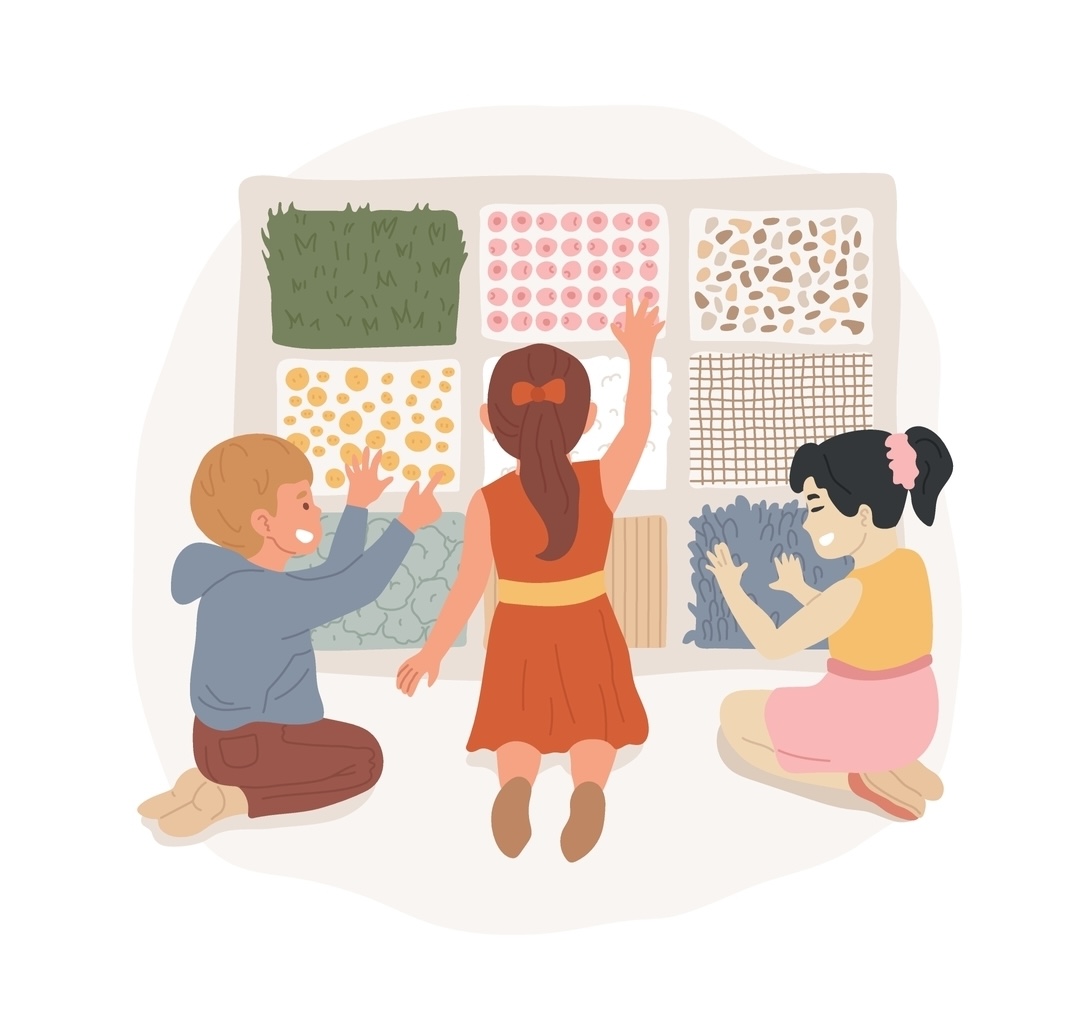




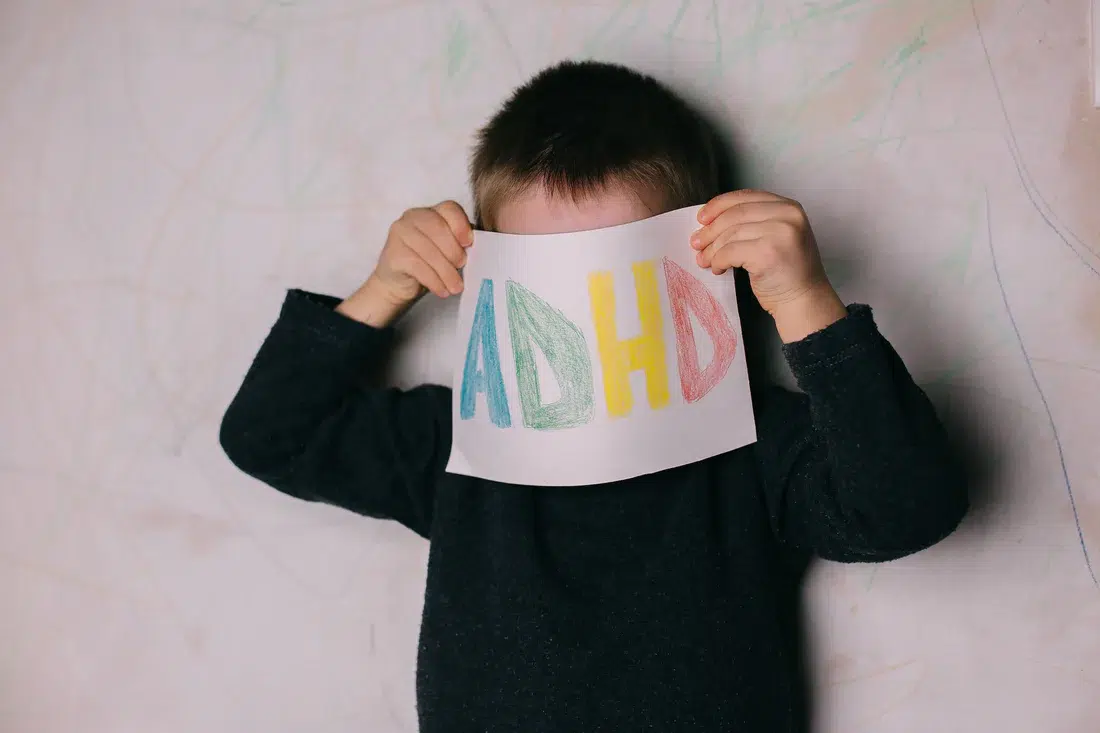



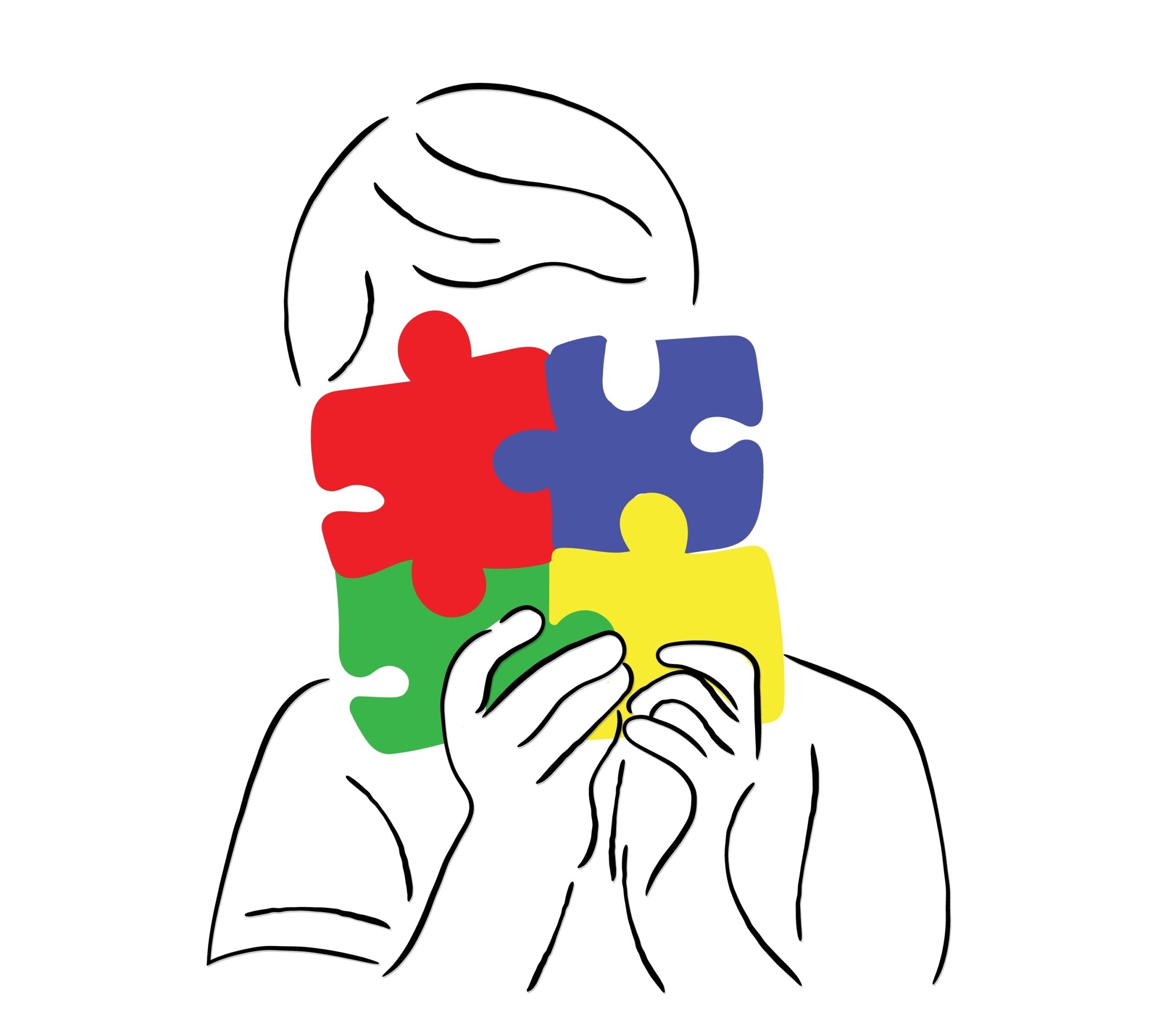

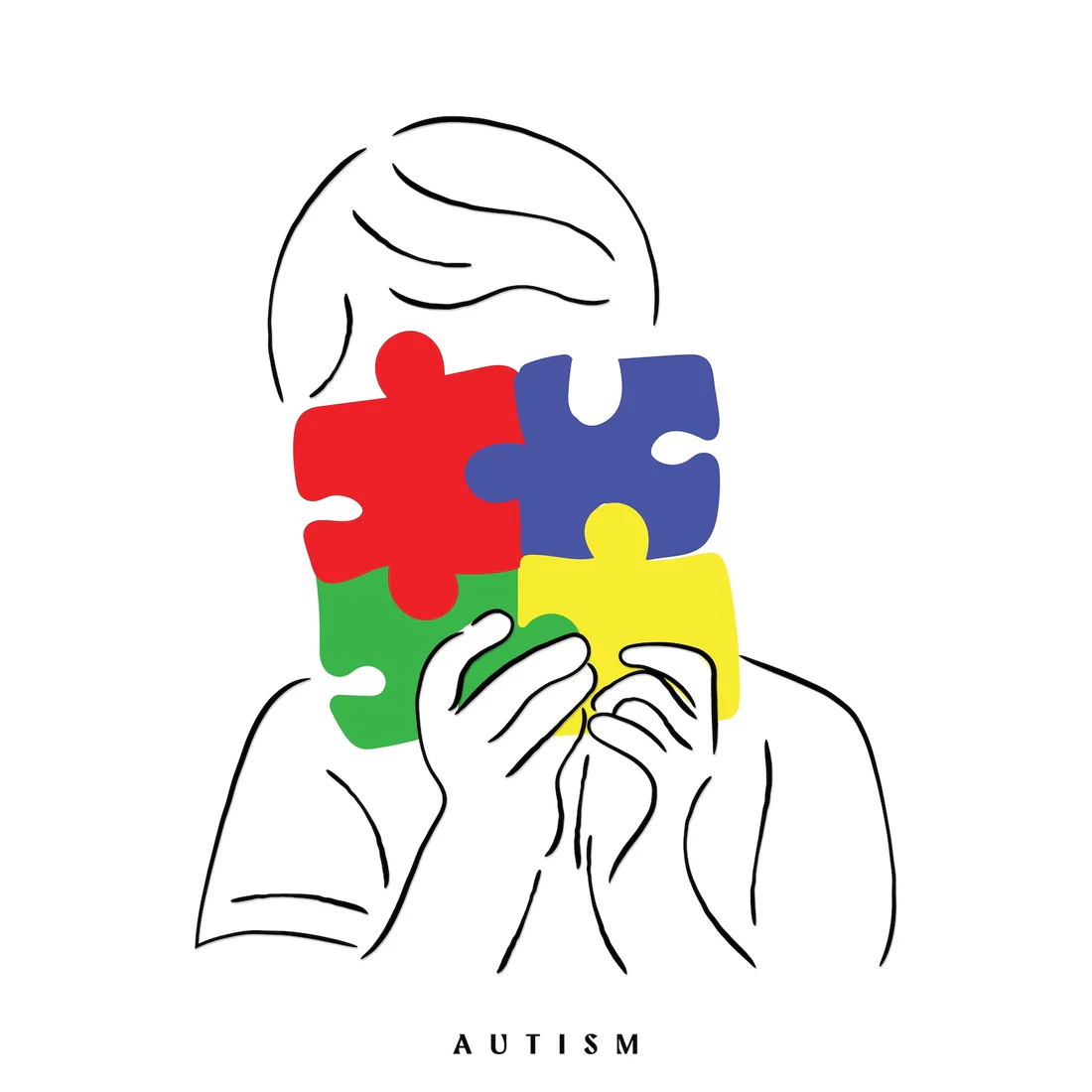
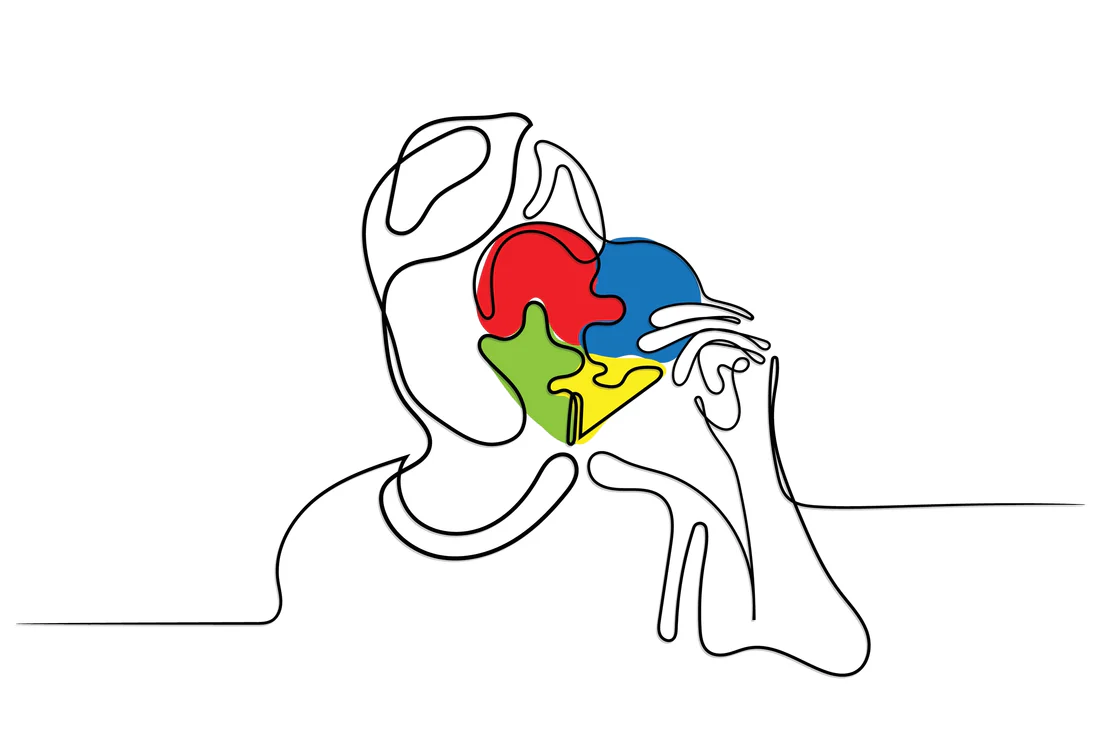










 Speech Therapy
Speech Therapy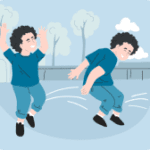 Physical Therapy
Physical Therapy Occupational Therapy
Occupational Therapy




